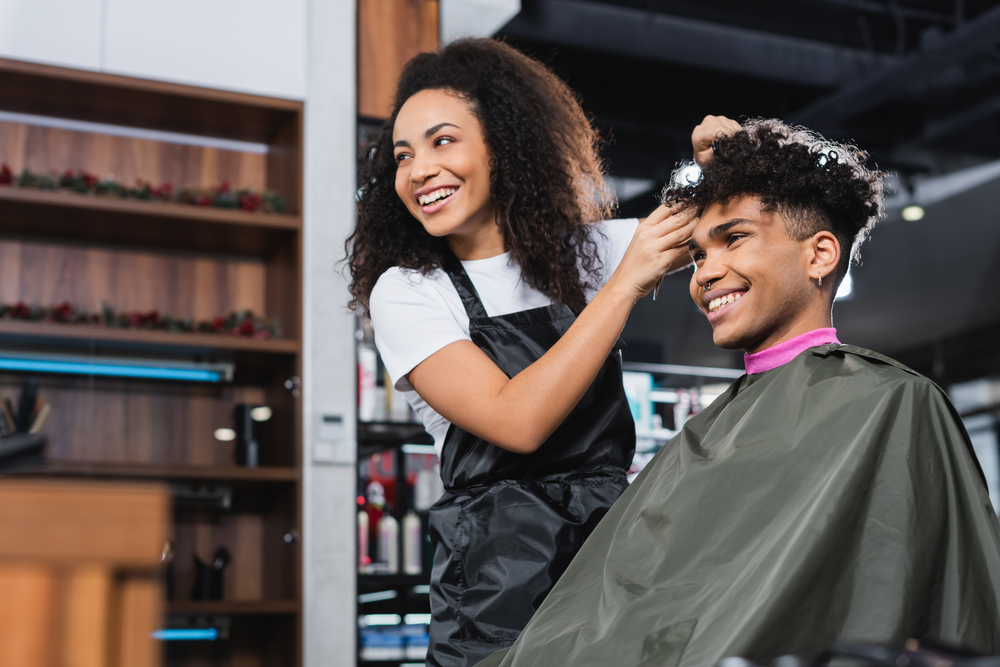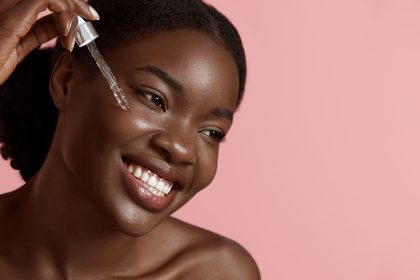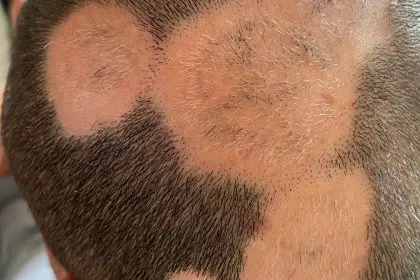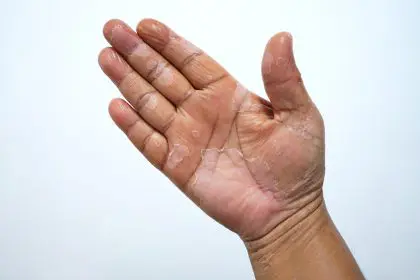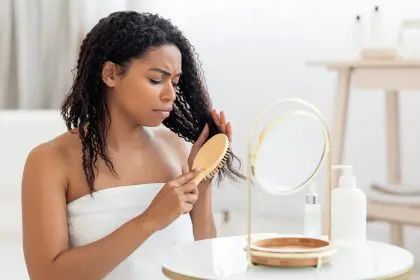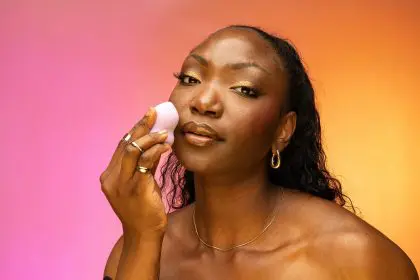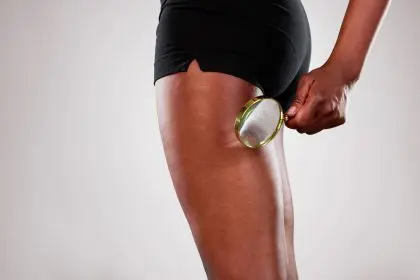Understanding why hair dye stains skin
Color experts explain several factors affecting dye absorption:
The outermost layer of skin naturally absorbs color molecules Porous areas like cuticles attract more dye Heat from application opens pores, increasing staining Product formulation affects penetration depth Application technique influences staining severity Time between spill and cleanup impacts permanence
Prevention strategies that actually work
Professional colorists emphasize these preventive measures:
Create a protective barrier with petroleum jelly Apply moisturizer before coloring to block staining Use precise application techniques Wear protective gloves correctly Keep cleanup supplies readily available Section hair properly to minimize drips Use barrier products around hairline and ears Choose appropriate product consistency
Immediate action for fresh stains
Speed matters when dealing with new dye marks:
Wipe spills immediately with damp cotton Use specialized dye removal wipes Apply gentle pressure without rubbing Work from outside edge inward Monitor skin sensitivity during removal Use appropriate cleansing products Follow with moisturizer Document removal attempts
Safe solutions for sensitive areas
Dermatologists recommend gentle approaches for delicate skin:
Micellar water provides effective yet gentle removal Oil-based removers protect skin barrier Cream cleansers offer thorough cleaning Moisturizing ingredients prevent irritation pH-balanced products maintain skin health Avoid harsh scrubbing motions Use cool temperatures Allow recovery time between attempts
Kitchen remedies that really work
Expert-approved household solutions include:
Baking soda paste for gentle exfoliation Olive oil for natural stain lifting White vinegar to break down dye molecules Coconut oil for sensitive skin areas Gentle dish soap for fresh stains Lemon juice for natural lightening Toothpaste for mild abrasion Baby oil for gentle removal
Professional products worth investing in
Hair color specialists recommend:
Specialized dye removal products Color-specific stain removers Professional-grade cleansing oils Barrier protection creams Skin-soothing aftercare products Pre-treatment solutions Post-color cleaning wipes Specialty brushes and applicators
Dealing with stubborn stains
For persistent color marks, experts suggest:
Layered removal approaches Alternating gentle methods Professional removal products Patience with gradual fading Proper skin protection during removal Multiple short attempts rather than one long session Documentation of effective methods Regular skin assessment
Protecting skin during removal
Dermatologists emphasize skin care during stain removal:
Monitor for irritation signs Apply soothing products between attempts Maintain skin moisture balance Use sun protection after removal Allow recovery time between methods Keep skin temperature moderate Avoid excessive product layering Test patches before full application
Understanding different dye types
Color formulations require different approaches:
Permanent dye needs stronger removal methods Semi-permanent color often fades naturally Temporary color responds to gentle cleaning Natural dyes may require specific techniques Professional colors need specialized removers Direct dyes versus oxidative dyes Metallic dyes require special care Plant-based dyes have unique properties
Special considerations for problem areas
Different areas require tailored approaches:
Hairline requires extra gentle treatment Ears need careful product application Neck area demands moisture protection Hands benefit from barrier creams Face needs specialized gentle products Scalp requires professional assessment Nails need specific removal techniques Clothing protection strategies
When to seek professional help
Experts recommend professional intervention when:
Skin shows signs of reaction Stains persist despite home treatment Sensitive areas are affected Multiple removal attempts fail Skin becomes irritated or damaged Allergic responses develop Color won’t lift with safe methods Unusual staining patterns emerge
Post-removal skin care
Dermatologists emphasize proper aftercare:
Apply soothing moisturizers Use gentle cleansers temporarily Avoid harsh products during healing Protect from sun exposure Monitor for delayed reactions Support skin barrier repair Maintain proper hydration Document successful treatments
Remember that patience and gentle approaches usually yield the best results when removing hair dye from skin. Always prioritize skin health over quick removal, and never hesitate to consult professionals for persistent or concerning stains. Keep a record of what works for your skin type and the specific dye formulations you use to make future color sessions more successful.

